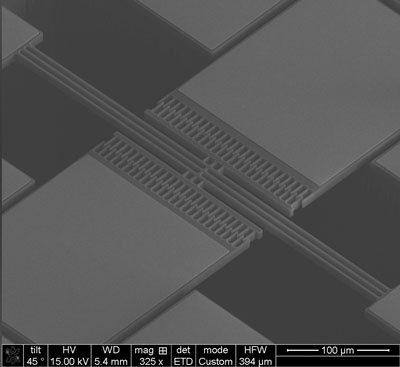 Pioneering micromechanical frequency comb responds to external signals in an entirely new way.
Pioneering micromechanical frequency comb responds to external signals in an entirely new way.
Tuesday, March 5, 2019
One device, many frequencies: Researchers create a unique, tiny resonator
 Pioneering micromechanical frequency comb responds to external signals in an entirely new way.
Pioneering micromechanical frequency comb responds to external signals in an entirely new way.
Nanoparticle performance - solving a sticky problem
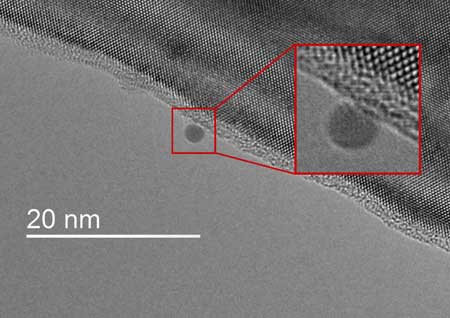 Nanoparticles can be as small as ten atoms in diameter, and their small size makes them especially susceptible to coarsening with continued use, which reduces functionality and degrades performance. A new NSF Grant will advance the understanding of micro- and nano-surfaces and to engineer more stable nanoparticles.
Nanoparticles can be as small as ten atoms in diameter, and their small size makes them especially susceptible to coarsening with continued use, which reduces functionality and degrades performance. A new NSF Grant will advance the understanding of micro- and nano-surfaces and to engineer more stable nanoparticles.
Scientists use machine learning to identify high-performing solar materials
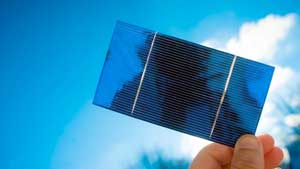 Scientists have developed a novel ?'design to device' approach to identify promising materials for dye-sensitized solar cells (DSSCs). DSSCs can be manufactured with low-cost, scalable techniques, allowing them to reach competitive performance-to-price ratios.
Scientists have developed a novel ?'design to device' approach to identify promising materials for dye-sensitized solar cells (DSSCs). DSSCs can be manufactured with low-cost, scalable techniques, allowing them to reach competitive performance-to-price ratios.
Nanotechnology and sunlight clear the way for better visibility
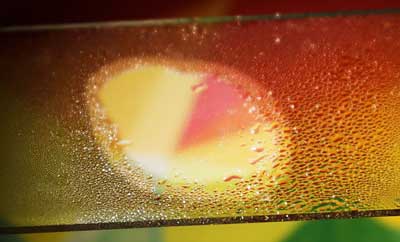 A new coating prevents fogging on transparent surfaces. Rather than using electricity, the coating relies on sunlight to heat the surface.
A new coating prevents fogging on transparent surfaces. Rather than using electricity, the coating relies on sunlight to heat the surface.
New hurdle cleared in race toward quantum computing
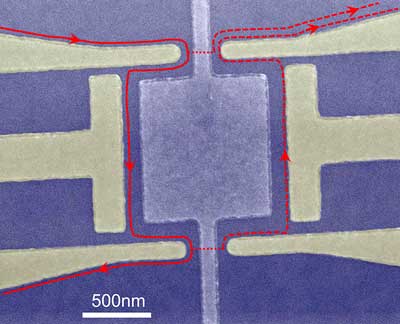 Fractional Quantum Hall quasiparticles experimentally shown to interfere.
Fractional Quantum Hall quasiparticles experimentally shown to interfere.
Scientists develop a tunable bio-imaging device using terahertz plasmonics
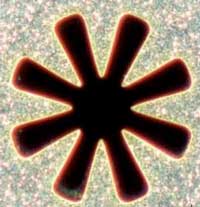 Non-inasive terahertz sensing could be a game changer for future diagnostics.
Non-inasive terahertz sensing could be a game changer for future diagnostics.
Technique streamlines fabrication of 2-D circuits
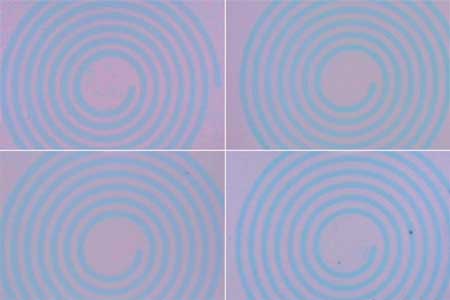 Growing material directly onto substrates and recycling chip patterns should enable faster, simpler manufacturing.
Growing material directly onto substrates and recycling chip patterns should enable faster, simpler manufacturing.
Researchers demonstrate nanoparticle systems crucial for new high-speed spintronics devices
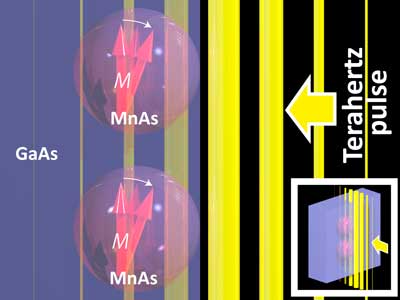 Researchers created a nanoscale spintronic semiconductor device that can partially switch between specific magnetic states trillions of times a second (terahertz), far beyond frequencies of devices at present.
Researchers created a nanoscale spintronic semiconductor device that can partially switch between specific magnetic states trillions of times a second (terahertz), far beyond frequencies of devices at present.
Subscribe to:
Comments (Atom)
